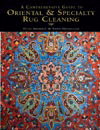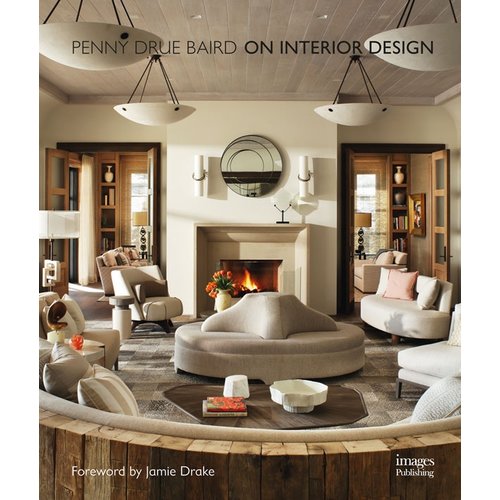Retailers: Carpet/Area Rug Sales Improving as Profit Margins Erode

Pictured is Shaw’s Anso nylon Design Texture Platinum carpet. Shaw was named the top-selling residential carpet brand by survey respondents. Photo courtesy of Shaw Industries.
Product quality (97%) continues to be the most influential factor in deciding to sell/promote a particular brand/manufacturer of residential carpet, according to the just-completed Carpet and Area Rug Market Study conducted by BNP Media Market Research for National Floor Trends. Our panel expects an increase in the residential carpet segment with recovering economy/market conditions.

The key issue impacting the carpet segment, mentioned by 61% of respondents (up from 47% in 2010) is eroding profit margins. Nineteen percent of our panel has increased the number of suppliers for carpet, with 72% staying the same and 9% using fewer suppliers. Our panel uses an average of seven carpet suppliers.
For 2011, carpet sales grew to 35 transactions per month, following two years at 29 per month. The average amount per carpet sale was up 4% to $2,046 with growth in sales from $1,500 - $1,999 (22%) and over $3,000 (24%). Declines were seen in sales from $2,000-$2,999 (24%), a 1% drop from 2010; $1,000-$1,499 (14%), a drop of 6%; and sales under $1,000 (16%), a drop of 5%.
Total annual sales of carpet of $1 million grew to 36%, compared to 20% of respondents in 2010. (See chart 1)


Looking ahead, 51% of respondents expect an increase in residential carpet sales, while 8% see their business dropping in the category. In the commercial sector, 25% are expecting an increase in business, while 18% are planning for a decline. (See chart 3)

In the commercial sector, product quality (95%), price (93%), and product design and styling (88%) are the top three factors cited to sell/promote a particular commercial carpet brand/manufacturer. Environmental concerns (45%) is the least influential factor in making that decision.
Shaw (61%) was selected as the top-selling manufacturer of commercial carpet, followed by Mohawk, Beaulieu, Kraus and Patcraft. (See chart 4) The top two reasons for Shaw’s top rating was knowledge of sales representative, 76%; and product quality/durability, 74%.
Mohawk was named the top-selling carpet cushion and rug underlayment, followed by Leggett & Platt and Carpenter.
When carpet sales are displaced to another category, hardwood garners most of the sales at 34%, followed by laminate at 15%, ceramic tile, 14%; resilient, 8%; and stone, 1%. Twenty-eight percent of respondents felt carpet sales were displaced by a category not mentioned on the list.
Area rugs
In the area rug segment, sales have increased with respondents selling an average of 13 rugs per month. Over two-in-five (44%) sell more than six rugs per month. The average price point is $783 with 24% of sales under $500. Total annual area rug sales average $28,353 in 2011, compared to $12,212 in 2010, with 41% selling $25,000 and up. Shaw Living was named the top-selling brand of area rugs by respondents with 26%.
Rug sales are expected to stay the same, according to 52% of respondents, while 34% see an increase and 14% project a decrease. Our panel has expanded its source of area rugs to five (up from three). Sourcing from import manufacturers has increased this year to 21%. However, sourcing from domestic manufacturers has seen a steady decline (49%) compared to 2009 (71%).
Sales are expected to increase due to a better selection of area rugs, an expansion of area rug lines, and a growing popularity of using area rugs on tile, wood or laminate flooring to accent a room or hallway.
Respondents expect a decline in area rug sales due to competition from big box stores and their stores not having visibility in the category.
Product design and styling (100%) is the top factor used by our panel in deciding to sell/promote a particular brand/manufacturer of area rugs. Product quality (86%) and price (75%) were the next most important factors.
How Do You Compare?
Here are the average sale amounts/average sizes in square yards taken from our panel.
Average Residential Sale:
41% less than $2,000
Mean: $2,177
Average Main Street Commercial Sale:
30% at $2,000-$2,999
Mean: $3,302
Average Residential Carpet Job:
84 square yards (up from 75 sq. yds. in 2010)
Average Main Street Commercial Job:
173 square yards (down from 242 sq. yds. in 2010)
97% of our panel sells residential carpet
95% of our panel sells commercial carpet
92% sells carpet cushion & rug underlays
82% sells commercial carpet tile
62% sells area rugs
58% sells residential carpet tile
Looking for a reprint of this article?
From high-res PDFs to custom plaques, order your copy today!




.jpg?t=1690771780)
